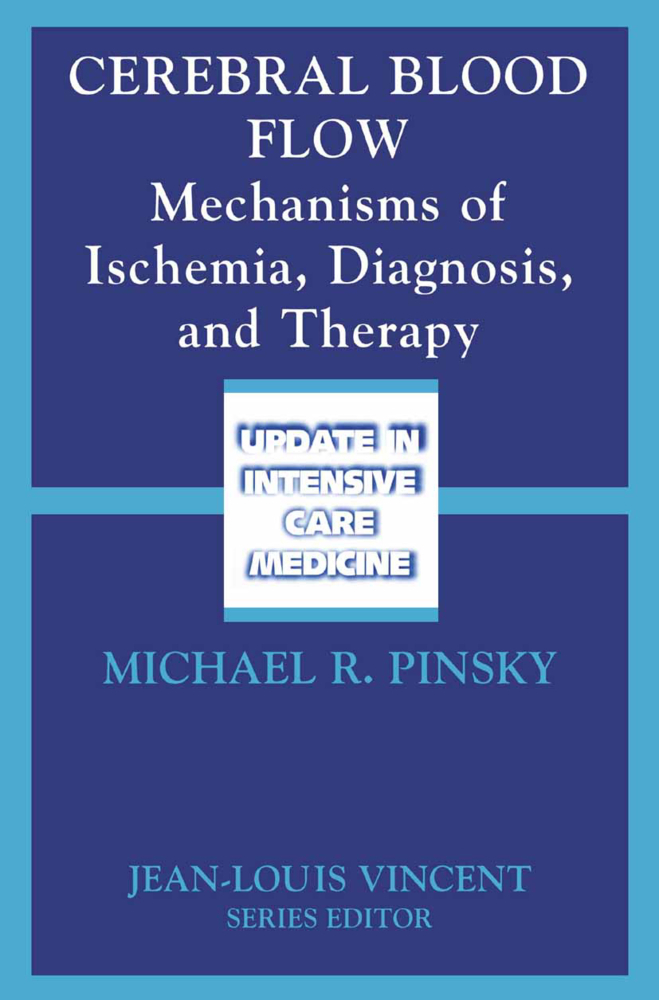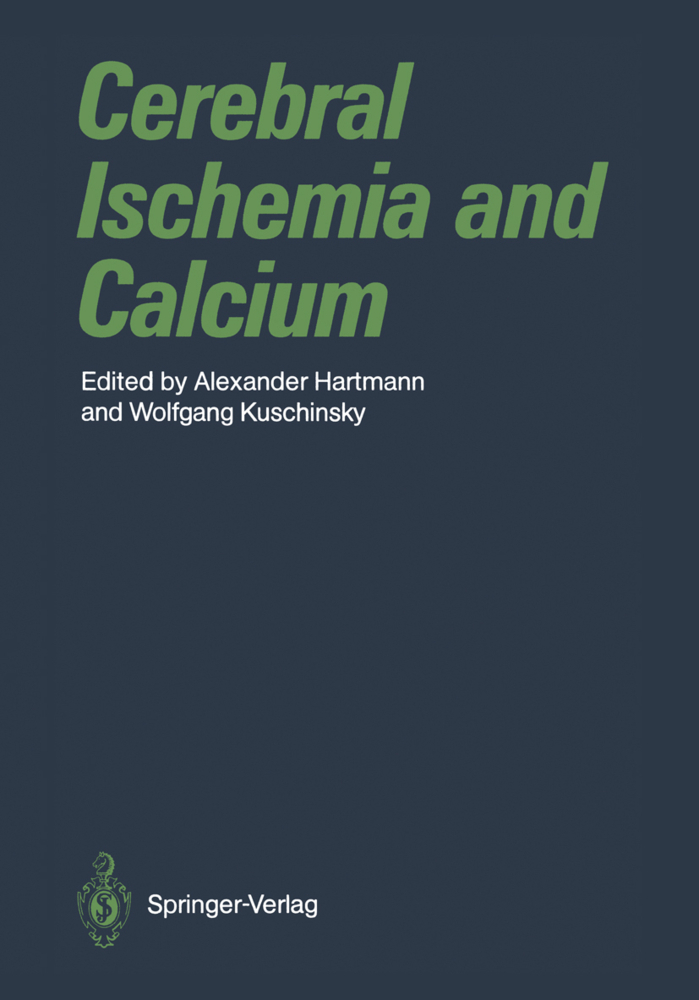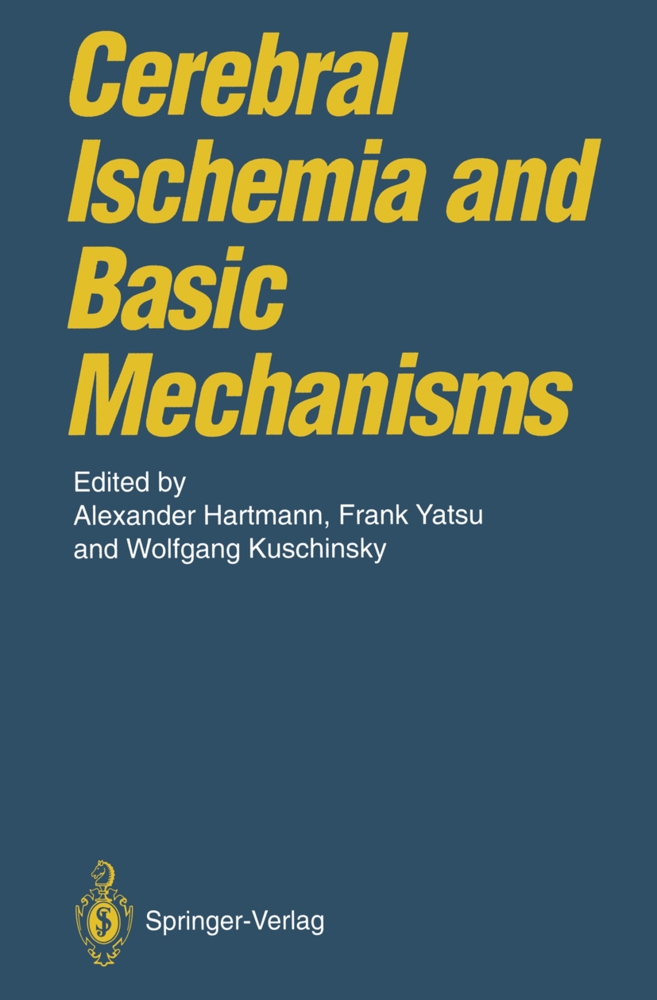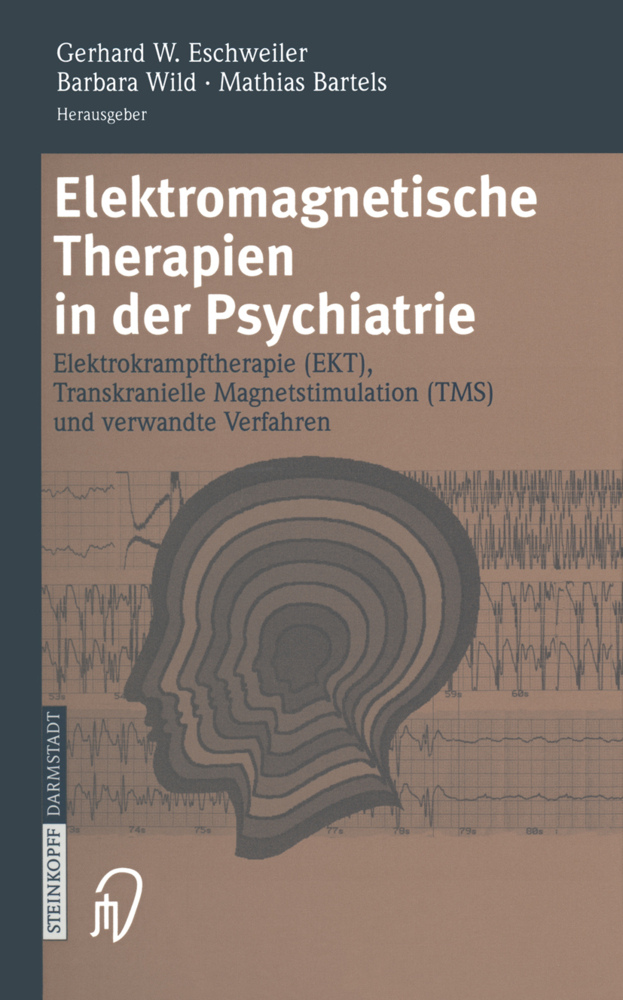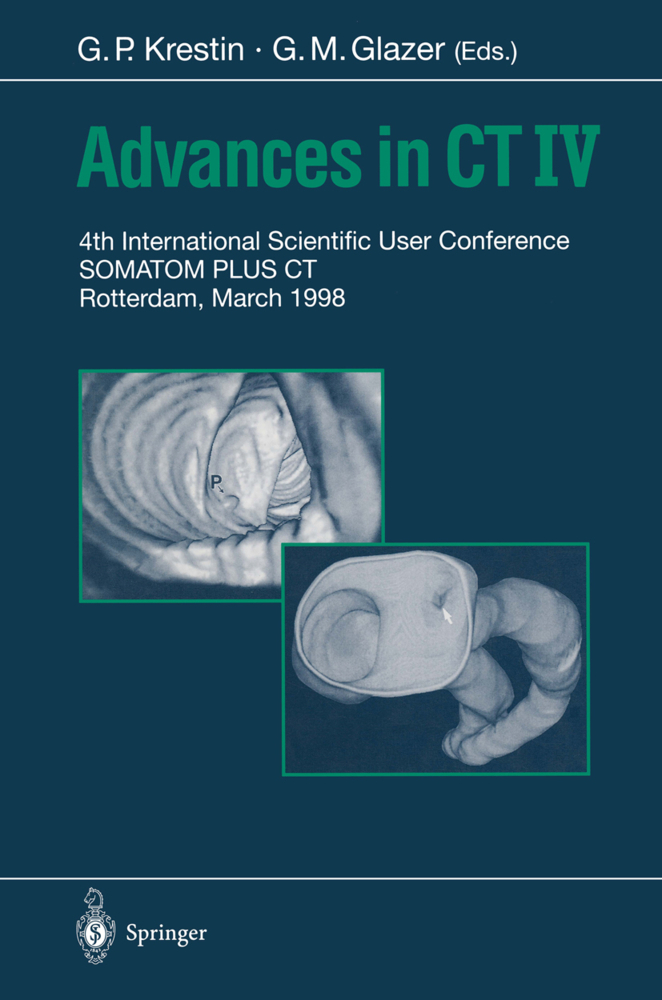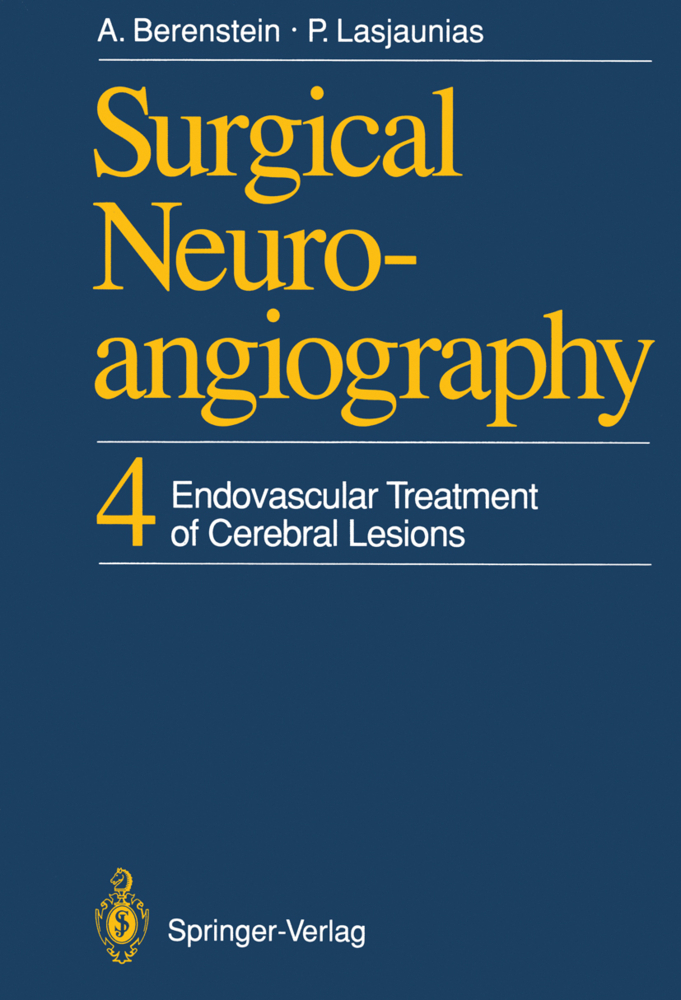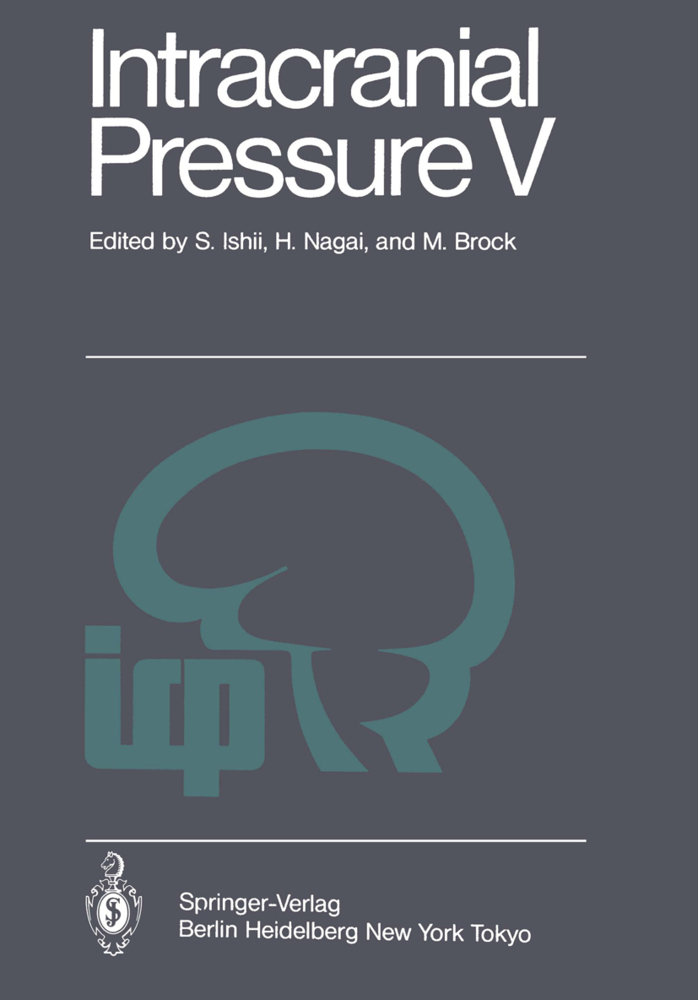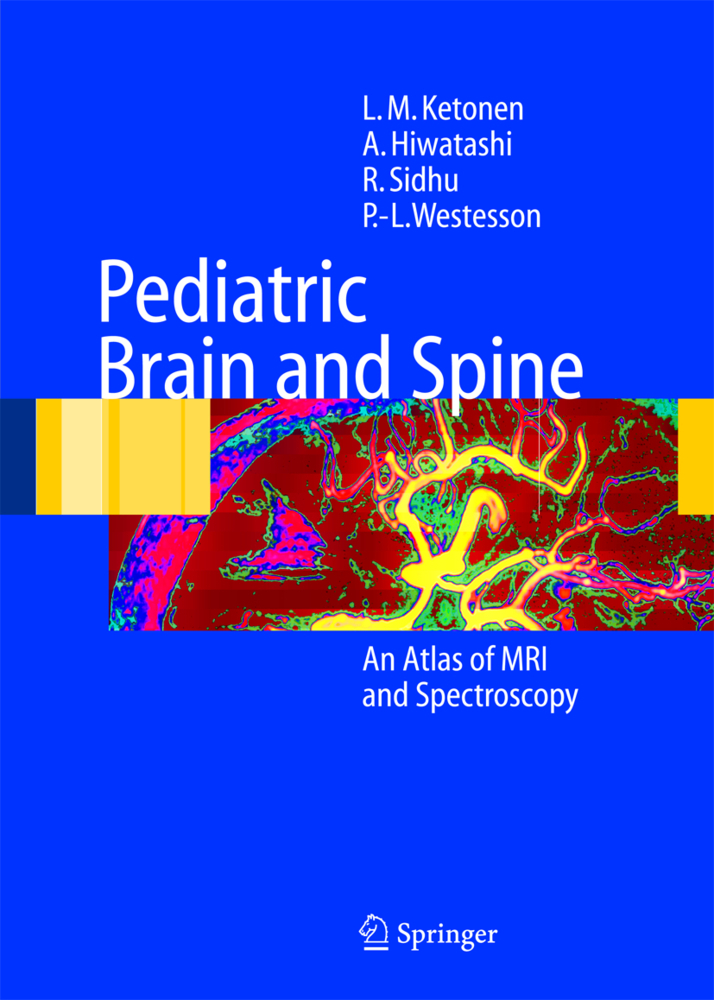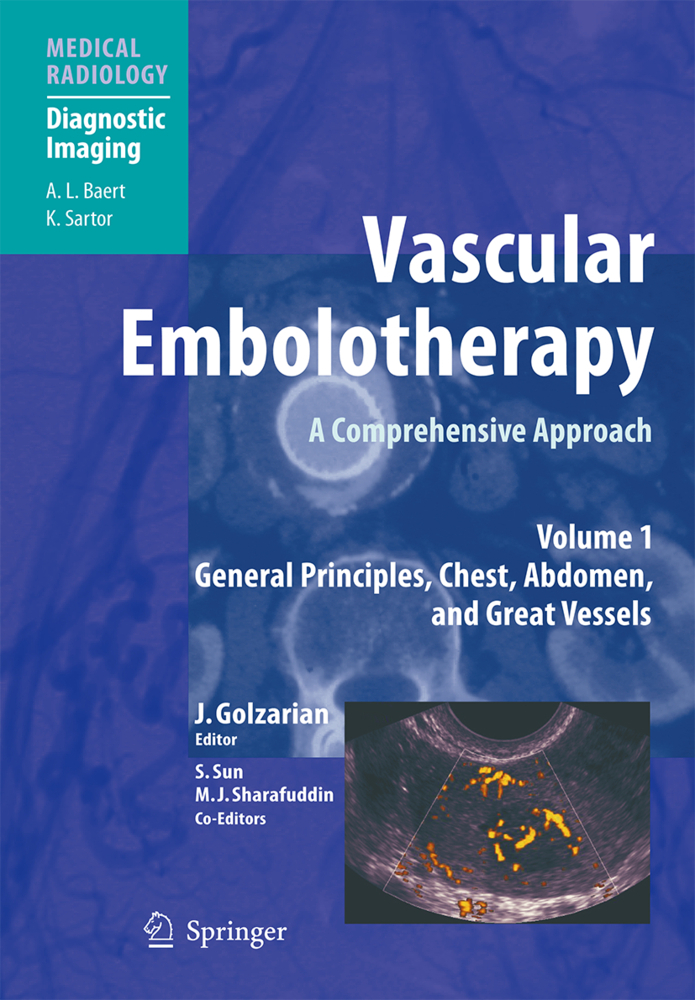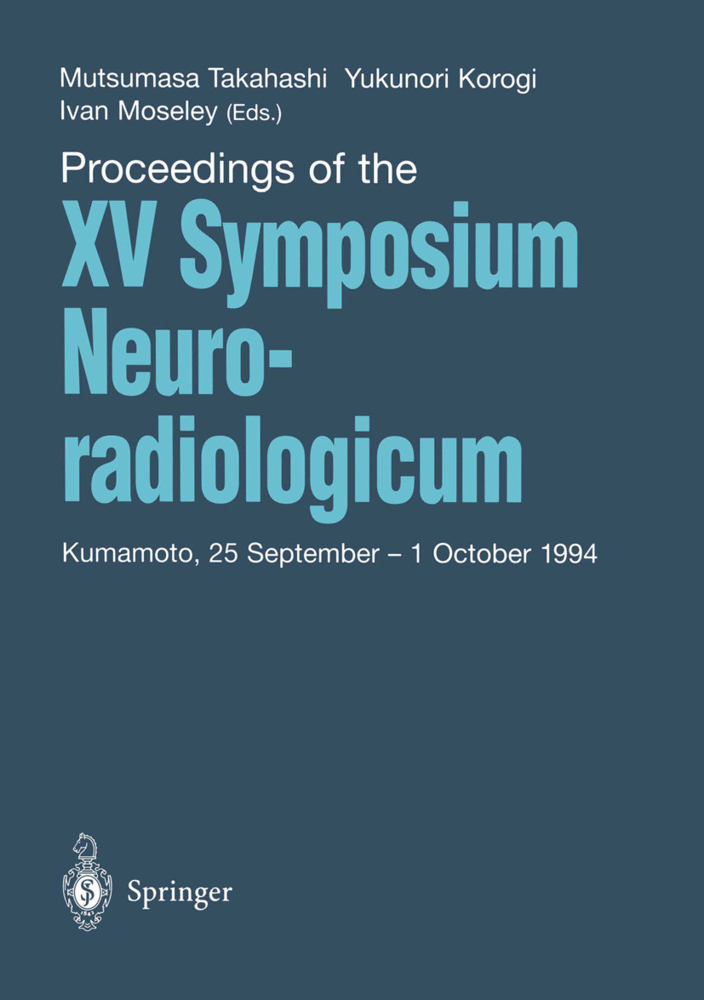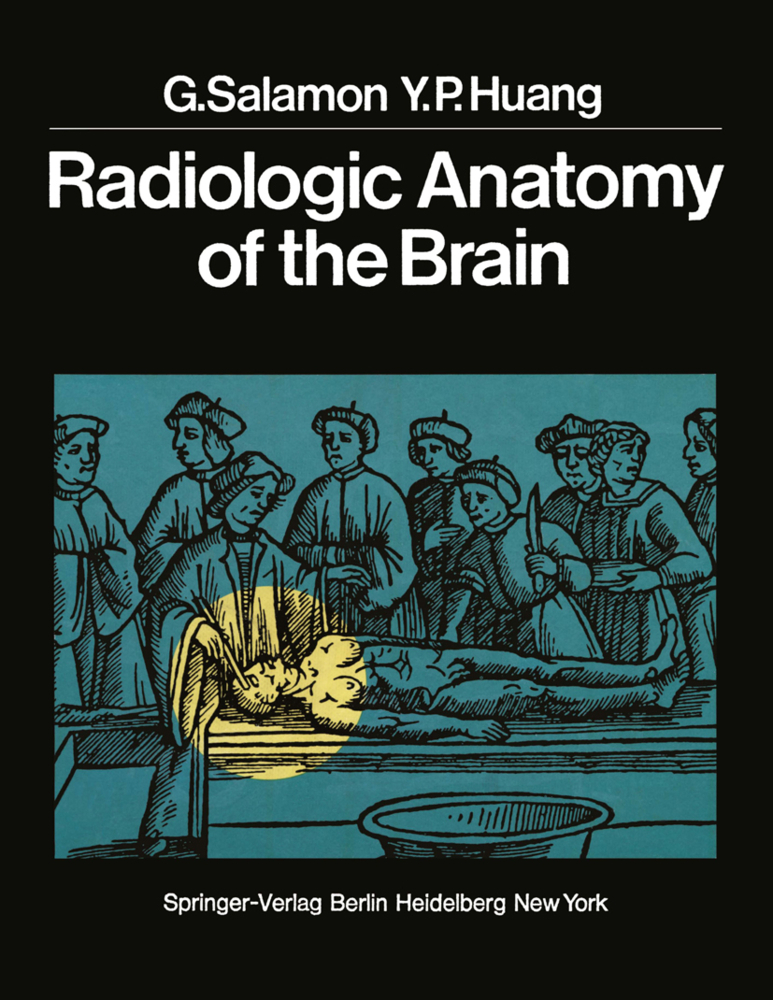Cerebral Blood Flow
Mechanisms of Ischemia, Diagnosis, and Therapy
Cerebral Blood Flow
Mechanisms of Ischemia, Diagnosis, and Therapy
Cerebral Blood Flow: Quantifying Consciousness Although the heart may be the source of energy needed to generate blood flow,and other organs absolutely essential for normal living,the brain is the reason we are alive. The collected book chapters are aimed at addressing this most fundamental organ and its blood flow. These papers reflect detailed descriptions of similar topics presented over a two-day period as part of the 5th International Symposium on Applied Physiology of the Peripheral Circulation held in Pittsburgh, Pennsylvania, in June 2000. The symposium and this volume were organized into four distinct groupings that follow in a logical fashion. The initial papers focus on the basic unique physiology and pathophysiology of the cerebral circulation, including a historical reviewof the means to measure cerebral blood flow and its implications of the past 30 years. Dr. Walter D. Obrist was one of the original investigators to use radiolabeled markers to assess cerebral blood flow. His equations and initial studies form an impressive introduction to where we are now. As with much of the body's special organs, the brain too has many circulatory features unique to itself.These include the unique blood-brain barrier function ofthe endothelium, local neural regulation control, and intracranial pressure effects. These special issues,plus genetic factors that may predispose individuals to developing cere bral aneurysm, make up the initial section of the monograph.
2. Neural Regulation of the Cerebral Circulation
3. Role of Endothelium in Regulation of the Brain Microcirculation
4. Molecular Pathogenetics of Cerebral Aneurysms: Current Concepts and Future Directions
Section 2. Ischemic Brain Injury
5. Triggering Events in Ischemic Brain Injury
6. Ischemic Mechanisms in Traumatic Brain Injury
7. Coupling and Compartmentation of Cerebral Blood Flow and Metabolism
8. The Genetic Control of Ischemic Neuronal Cell Death
9. Cerebral Resuscitation from Temporary Complete Global Brain Ischemia
10. The Ischemic Penumbra: Pathophysiology and Therapeutic Implications
Section 3. Assessment of Cerebral Blood Flow
11. The Assessment of Determinants of Cerebral Oxygenation and Microcirculation
12. Computed Tomography, Angiography, and Perfusion Imaging of Acute Stroke
13. The Use of Xenon/CT Cerebral Blood Flow Studies in Acute Stroke
14. Advances in Imaging in Ischemic Stroke
15. Assessment of Cerebrovascular Pathophysiology
16. Cerebral Blood Flow Measurement with Positron Emission Tomography
Section 4. Current Status of Clinical Trials in Acute Stroke
17. Thrombolysis for Acute Stroke
18. Neuroprotective Stroke Trials: A Ten Year Dry Season
19. Interventional Neuroradiology in Acute Ischemic Stroke: Extracranial and Intracranial Angioplasty and Stenting
20. Therapeutic Moderate Hypothermia and Fever
21. Cerebral Hemodynamics and Stroke Risk in Patients with Complete Carotid Artery Occlusion. Is There a Role for Cerebral Revascularization?.
Section 1. Physiology and Pathophysiology
1. History of Cerebral Blood Flow Assessment2. Neural Regulation of the Cerebral Circulation
3. Role of Endothelium in Regulation of the Brain Microcirculation
4. Molecular Pathogenetics of Cerebral Aneurysms: Current Concepts and Future Directions
Section 2. Ischemic Brain Injury
5. Triggering Events in Ischemic Brain Injury
6. Ischemic Mechanisms in Traumatic Brain Injury
7. Coupling and Compartmentation of Cerebral Blood Flow and Metabolism
8. The Genetic Control of Ischemic Neuronal Cell Death
9. Cerebral Resuscitation from Temporary Complete Global Brain Ischemia
10. The Ischemic Penumbra: Pathophysiology and Therapeutic Implications
Section 3. Assessment of Cerebral Blood Flow
11. The Assessment of Determinants of Cerebral Oxygenation and Microcirculation
12. Computed Tomography, Angiography, and Perfusion Imaging of Acute Stroke
13. The Use of Xenon/CT Cerebral Blood Flow Studies in Acute Stroke
14. Advances in Imaging in Ischemic Stroke
15. Assessment of Cerebrovascular Pathophysiology
16. Cerebral Blood Flow Measurement with Positron Emission Tomography
Section 4. Current Status of Clinical Trials in Acute Stroke
17. Thrombolysis for Acute Stroke
18. Neuroprotective Stroke Trials: A Ten Year Dry Season
19. Interventional Neuroradiology in Acute Ischemic Stroke: Extracranial and Intracranial Angioplasty and Stenting
20. Therapeutic Moderate Hypothermia and Fever
21. Cerebral Hemodynamics and Stroke Risk in Patients with Complete Carotid Artery Occlusion. Is There a Role for Cerebral Revascularization?.
Pinsky, Michael R.
| ISBN | 978-3-540-42684-4 |
|---|---|
| Artikelnummer | 9783540426844 |
| Medientyp | Buch |
| Copyrightjahr | 2002 |
| Verlag | Springer, Berlin |
| Umfang | XV, 312 Seiten |
| Abbildungen | XV, 312 p. 40 illus., 11 illus. in color. |
| Sprache | Englisch |

